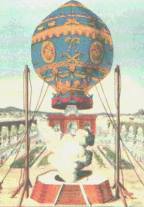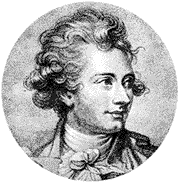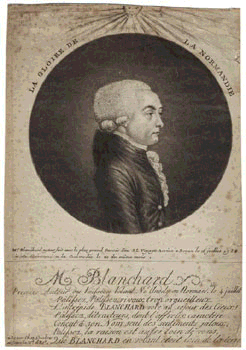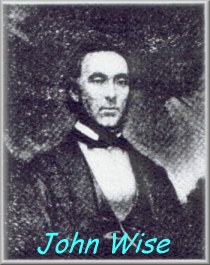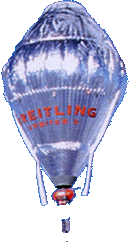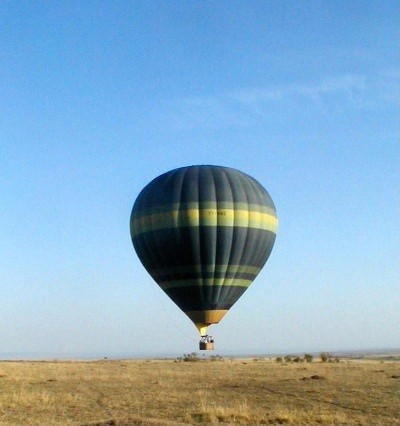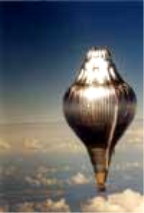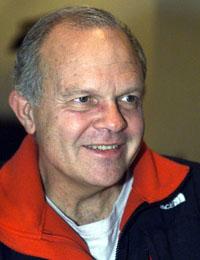
|
Early June of 2001 Steve Fossett's Solo Spirit prepared to launch from Kalgoorlie, Australia. Fossett was unable to escape the whims of nature Sunday evening (Australian time) when a wind gust tore his balloon envelope and ended his mission to become the first person to circumnavigate the globe solo. July 5, 2001, "Solo Spirit balloon repaired; Steve Fossett to try again" was the headline. An expert team of five led by Solo Spirit Engineer Andy Elson was flown to Kalgoorlie shortly after the aborted launch. "With the team's expertise, we've been successful in repairing the balloon, eliminating time to ship it back to the manufacturer in England, thus making possible another launch this season," pilot Fossett said. Persistent winds then forced a change of launch sites to Northam, Western Australia. Taking a brief break from preparations Fossett zipped across Australia in his private jet, setting a new unlimited (all aircraft) transcontinental record from Perth to Brisbane of 3
hours, eight minutes and 43 seconds -- an average speed of 704.52 mph. Finally August 4, 2001, Fossett's Solo Spirit balloon lifted off. The balloon landed near the Brazilian city of Bage at about 7 a.m. (8-17-01) CDT Friday. According to meteorologist Bob Rice the problem developed like this: A stalled cold front in the vicinity of Montevideo, extending east/southeast into the Atlantic, produced instabilities that led to thunderstorm cells along the eastern border of Argentina. While these cells had been expected to dissipate they failed to do so. The balloon managed to slide past a couple of them, but it finally drove into the rain and wind of a dissipating thunderhead and later into the fragments of another thunderstorm, which produced both snow and turbulence. He was in the air 12 days,12 hours. It marked the longest solo balloon trip ever, in terms of distance traveled and time spent in the air. He has flown more than 12,687 miles since taking off Aug. 4.
|
